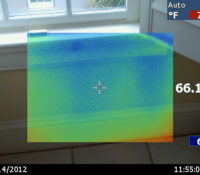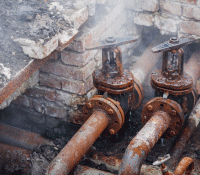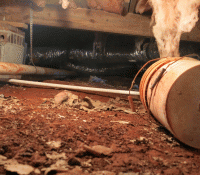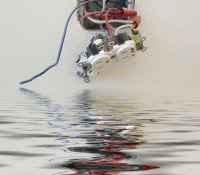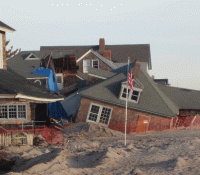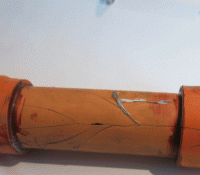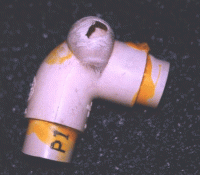Construction Techniques to Prevent Water Penetration at Windows
Windows, and their interface with the exterior walls, are an important part of a building’s envelope that resists the intrusion of water. Most builders take many precautions to protect a house from water damage. One of the most important factors in keeping the water out is the installation of window flashing, a thin material that prevents water from seeping in around a window. Read More



